
Lot 366
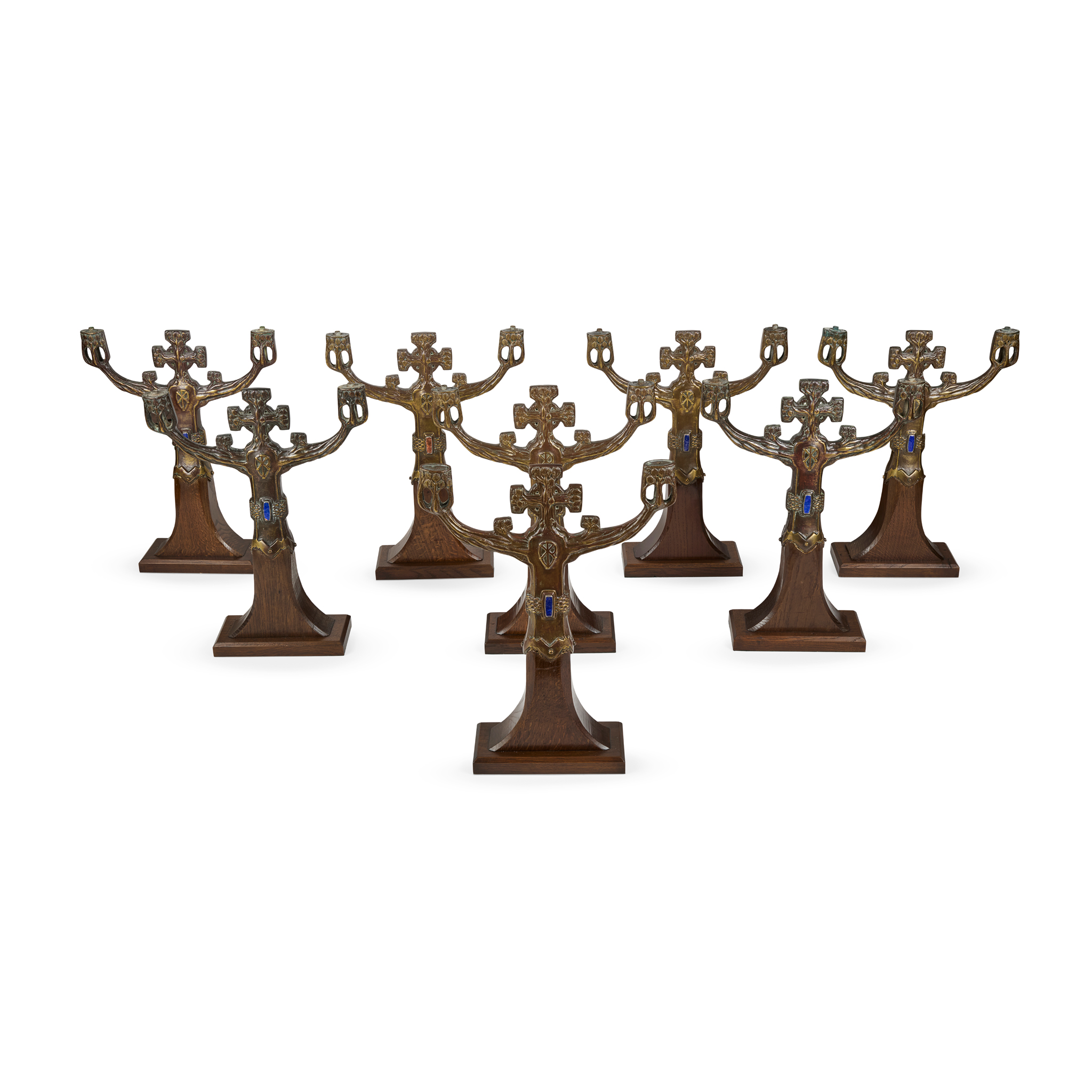
ATTRIBUTED TO ALEXANDER FISHER (1864-1936)
SET OF EIGHT CANDELABRA, CIRCA 1900
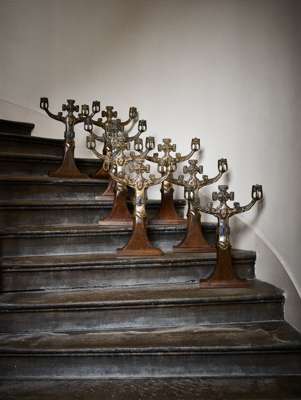
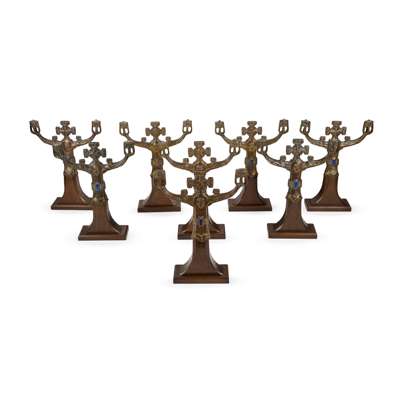
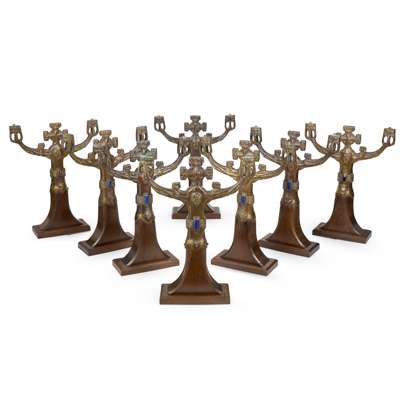
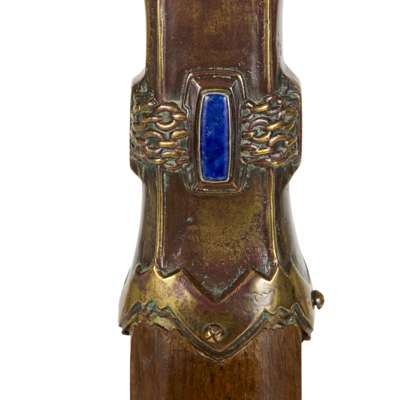
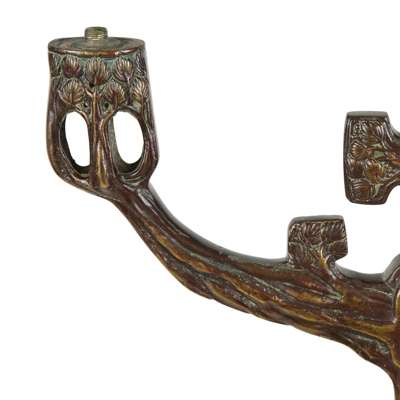
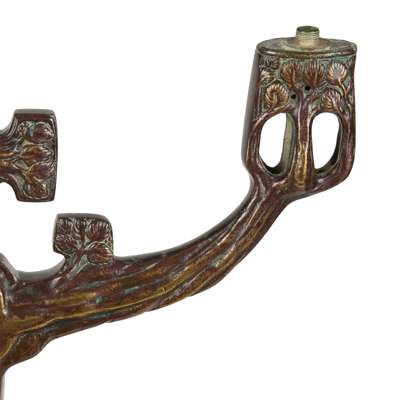
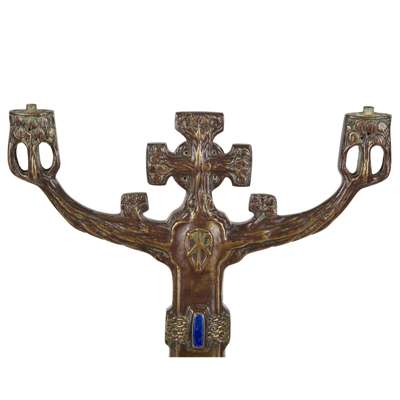
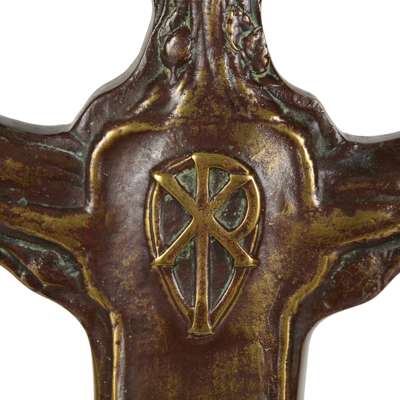




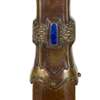
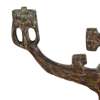
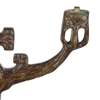
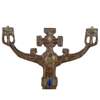
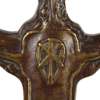

Auction: Day Two inc FL Griggs : A Cotswold Legacy | Lots 334 to 654 | Thursday 16th October from 10am
Description
bronze, enamel, oak (8)
Dimensions
55.5cm high. 43.5cm wide
Provenance
St. Mary, Dodington, Gloucestershire
Private Collection
Footnote
‘Even the humblest article of utility demands to be made beautiful’
Alexander Fisher
Alexander Fisher was immersed in a creative environment from an early age, his father working as an enameller and painter on ceramics for Brown-Westhead, Moore & Co and latterly for the Terra Cotta Co. A well-respected and influential figure in his lifetime, particularly in the medium of enamelling, Alexander taught key individuals in the Arts & Crafts Movement and reached a wider audience with his regular features in The Studio Magazine and other seminal art journals.
Fisher had an illustrious start to his career, graduating from the South Kensington School of Design before winning a travelling scholarship to Italy and France. It was whilst in Paris that he received his first training in enamelling under M. Dalpayrat, as he recounts in an 1896 TheStudio feature ‘An Enameller and his Work’. When he returned to London, he was encouraged by his mentor and the director of the South Kensington Museum (later the V&A) Thomas Armstrong and recalls he ‘followed up the craft…attempt[ing]…to mend an article before an open fire’. During the 1890s he taught himself the art of enamelling, gleaning information from old books and then trial and error. He progressed from enamelling on pottery to enamelling on metal, as is the method on this set of candelabra.
Fisher quickly acquired the skills to teach, first at the Central School of Arts and Crafts, where he met architect and metalworker Henry Wilson, and then at the Finsbury Technical College. At the latter institution Fisher’s influence and enthusiasm encouraged many including Arthur and Georgie Gaskin and Nelson Dawson to introduce enamelling into their practice.
One of Fisher’s first studios in Warwick Square is romantically described as ‘drawing room type’, with sumptuous carpet and a pair of armchairs, the focal point of the room being two enamelling stoves. The fashionable proprietor reputedly welcomed clients dressed in a swallow-tail coat and pinstripe trousers, before showing them to the adjacent workshop. Then in 1897 he entered into partnership with Henry Wilson, taking a floor at Wilson’s 17 Vicarage Gate premises. Wilson and Fisher collaborated on metalwork commissions, but their incompatible characters meant the relationship was ultimately short lived, with Fisher relocating his studio in 1898.
These candelabra marry Fisher’s signature enamelling with metalwork, as is commonplace in his oeuvre. They were commissioned for St. Mary’s Church on the Dodington Park Estate in Gloucestershire. Tendrils of foliage wrap around the arms of the candelabra like sinuous muscle, the chain motif around the stem of each reminiscent of the Celtic motifs with which Fisher worked from the mid-1890’s. Their production coincides with the zenith of Fisher’s career, as he continued to expand his influence both through teaching and writing The Art of Enamelling, published in four instalments in The Studio from 1901-1905.

















